The Beelden aan Zee muzum in the Hague is hosting until February 8, 2015 the exhibition Transformation. Romanian Sculpture 25 Years After the Revolution. Curated by Cees Hendrikse and Ioana Ciocan, designed by Attila Kim, the exhibition presents the works of Judit Balko, Mihuț Boșcu Kafchin, Radu Cioca, Ioana Ciocan, Ștefan Radu Crețu, Andreea Dobrin, Costin Ioniță, Radu Mocanu, Vlad Olariu, Alexandru Potecă, Larisa Sitar, Mircea Suciu and Mihai Zgondoiu. 25 years after the December 1989 events, the artists remember, discuss and sometimes argue with the recent past. To have a better grasp of the exhibition’s evolution, I asked Ioana Ciocan, co-curator and exhibiting artist, to answer a few related questions.
What does the Hague know about Romanian contemporary art?
Not much. But they surely know of Cluj – the Cluj painting school. They make lots of jokes about burnt paintings. However, the Dutch are a curious audience and come open-minded to exhibitions.
What kind of interest did the show you and Cees Hendrikse curated raise? What does the press release look like?
It raised a huge interest! I did not expect that over 300 people would attend the opening! The schedule during the opening day was intense. For us curators and the museum’s director, Jan Teeuwisse, the day started at noon with a press conference where 8-9 people took down notes, photographed the show and asked us questions. We did a complete tour with the press people, during which we introduced each of the works on display – there were 18 works from 13 artists. Then came 2 sessions of presentations for the cultural mediators. So we finished at about 15.30. The opening started at 17.30, and the Romanian and Polish ambassadors were present. There are already really good reviews about the show in Kunstbeeld, De Telegraaf and Vpro.nl.
What did the audience know about the exhibition’s theme?
Surprisingly, quite a lot. During the opening, quite a few people came to me to say they had seen the video-revolution on TV and they were still shocked we had executed Ceaușescu. Andreea Dobrin’s stop motion, which translates in a graphic form the tyrant’s last speech, raised many questions.
How important is the theme of the recent past in the works you selected and how did the artists tackle it?
Cees Hendrikse and I chose works which dealt with the past and the lived revolution. Actually, the show was intended as a 3-part project which would include Romania, Germany and China (the execution, the wall and Tianmen), but because of censorhip we couldn’t get the Chinese works. So we decided to focus on Romania. We chose to show existing works and went through 80 artist portfolios. We selected works which would illustrate the concept of Transformation. The show starts with figures of the past such as the two Lenins by Mihai Zgondoiu and Judit Balko, then goes on to deal with hiding and changing history (Laris Sitar’s monument), until one reaches Andreea Dobrin’s „last speech’, the fragility of power (Vlad Olariu, Radu Mocanu), the key moment of defeat (Last second – Radu Cioca) and pseudo-freedom (Corrupted Symbols – Radu Cioca). Somewhere along this historical line, Alexandru Potecă’s golden apartment is trapped – Ceaușescu’s housing legacy.
How do the artists position themselves in regard to these questions? What are their feelings towards the recent past? Do they love it, hate it, are they amused by it, are they post-communist anti-communists or post-communist anti-capitalists?
I usually look for political works. I’m already receiving only projects related to communism – it comes from my Proiect 1990. Obviously, there are still artists interested in the Revolution and in communism, but i don’t think this is of much interest anymore. The artists? They are of all kinds – I think in this exhibition there were a few of each category you mentioned!
What will hapen to the show? Is it going to travel or are you bringing it back home?
We hope to have it travel in Belgium and Luxembourg. Architect Attila Kim designed a modular wall, the wall that symbolically separates pre-revolution from post-revolution, with Potecă’s Golden Flat in the middle, caught between the pre- and the post-. So the exhibition can be adapted to any other space.
Thank you!
Transformation. Romanian Sculpture 25 Years After the Revolution is at the Beelden aan Zee muzum in the Hague until February 8, 2015.
POSTED BY
Igor Mocanu
Igor is a PhD researcher in the Art History department of the National University of the Arts Bucharest / UNARTE, with a dissertation titled Political avant-garde. The other face of Romanian avantgard...
igormocanu.wordpress.com

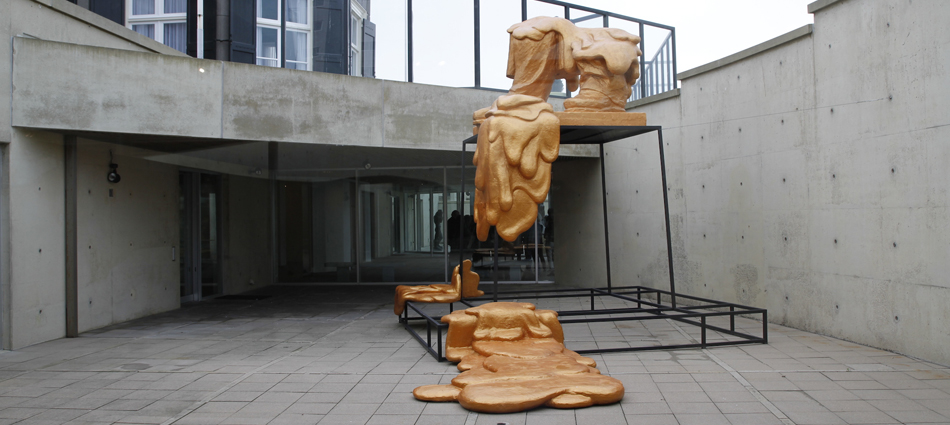
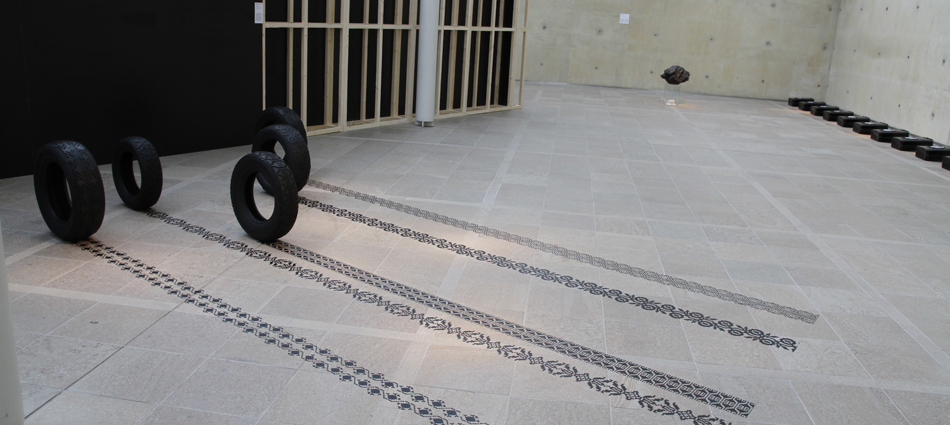
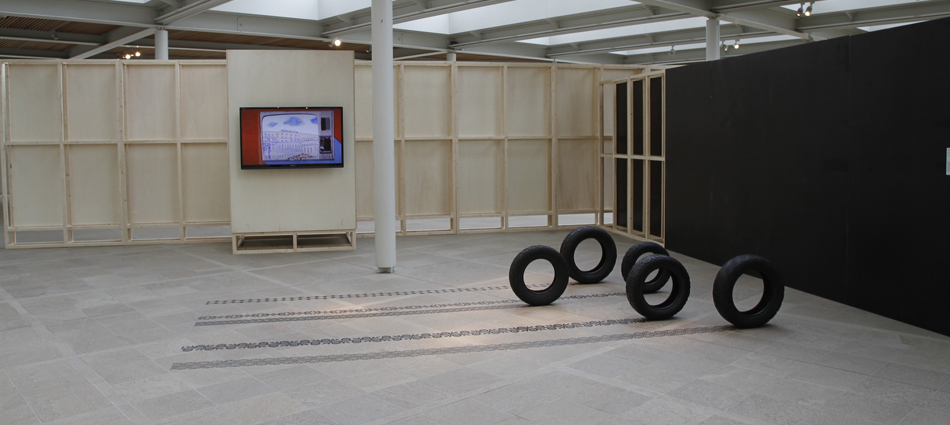
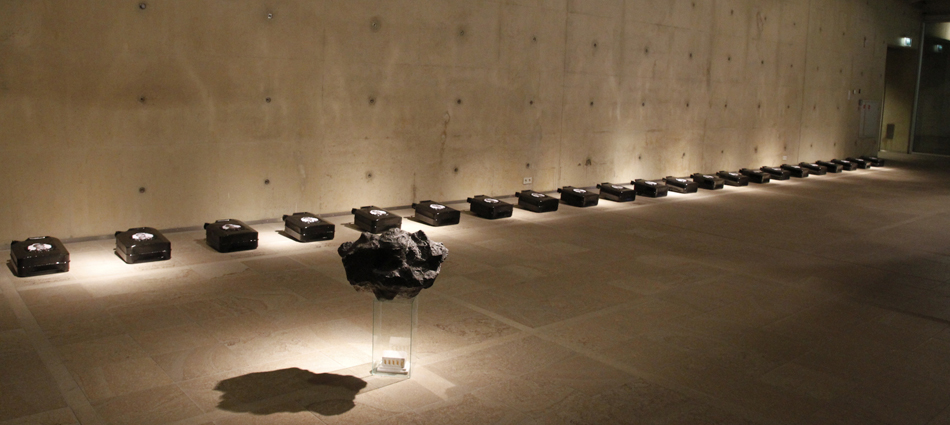
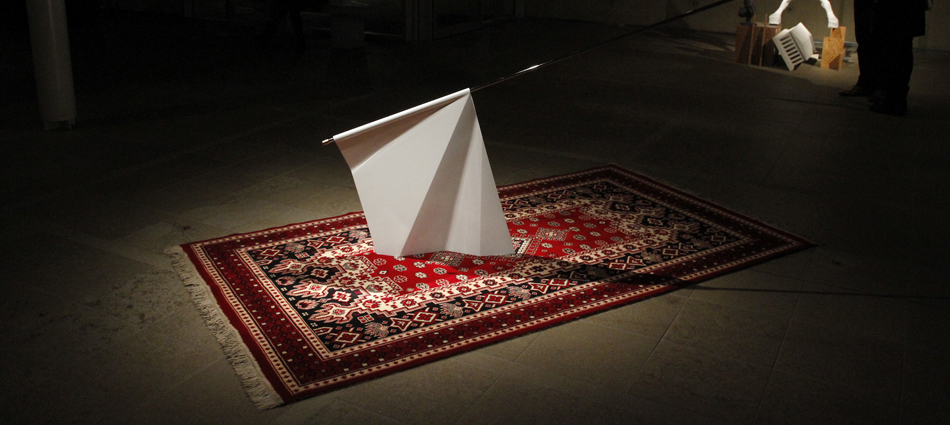
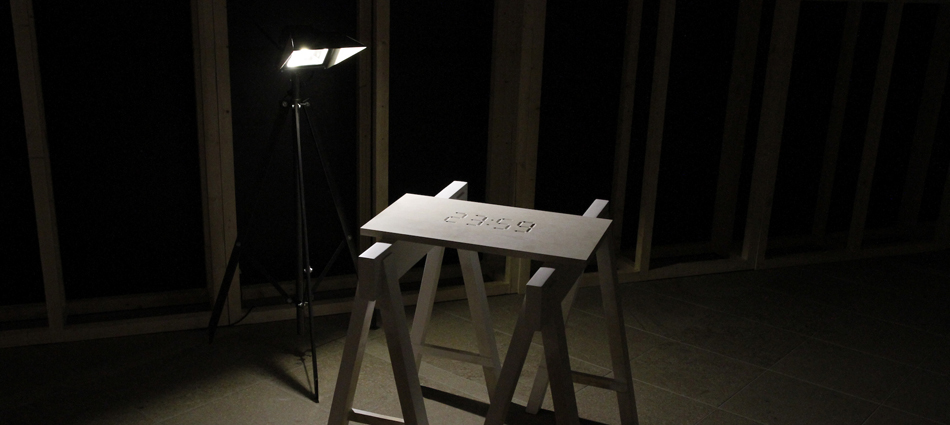
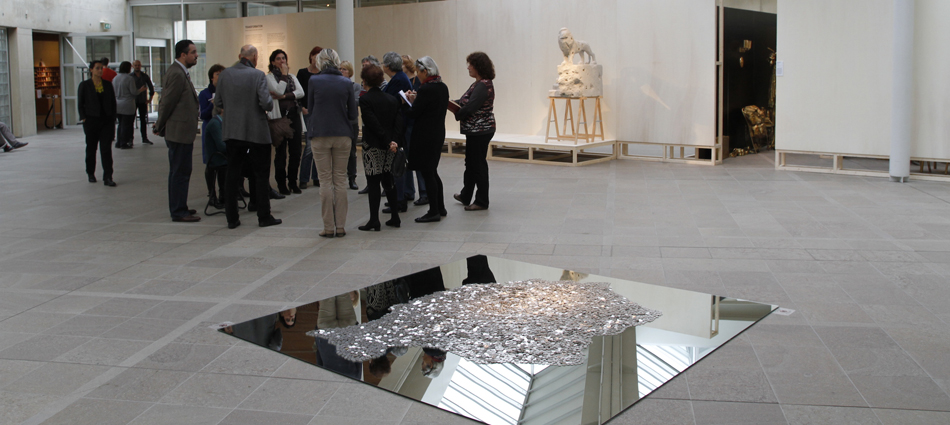
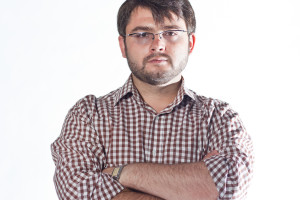
Comments are closed here.